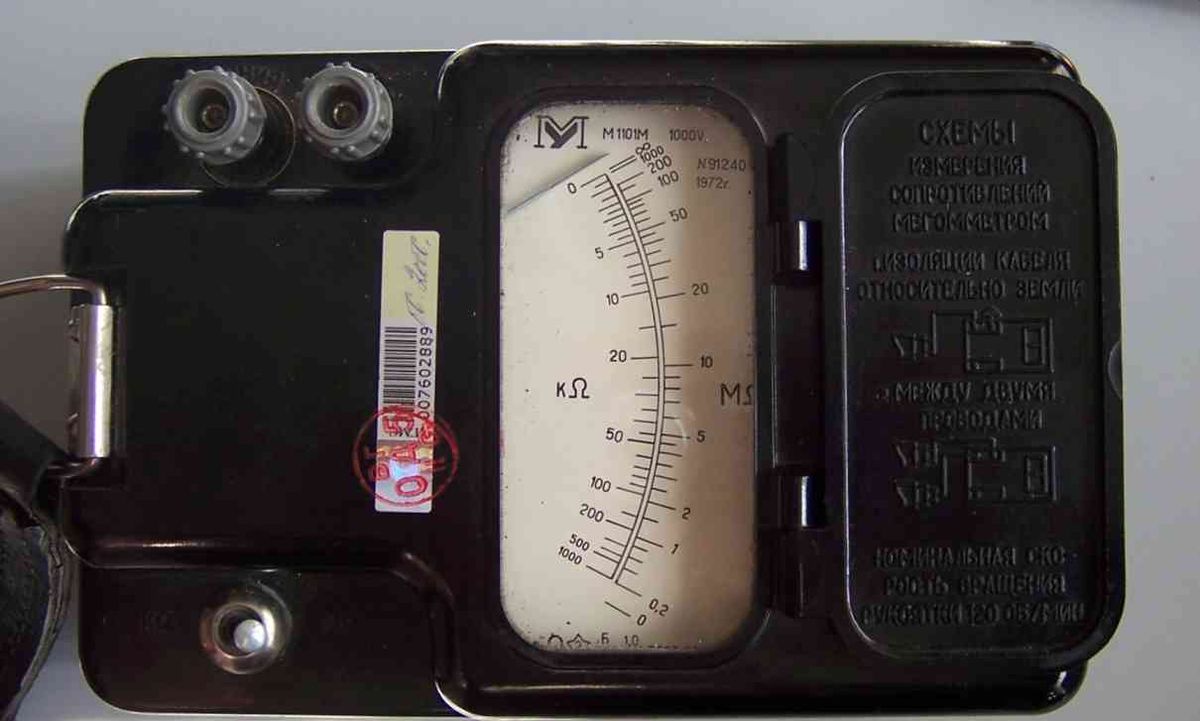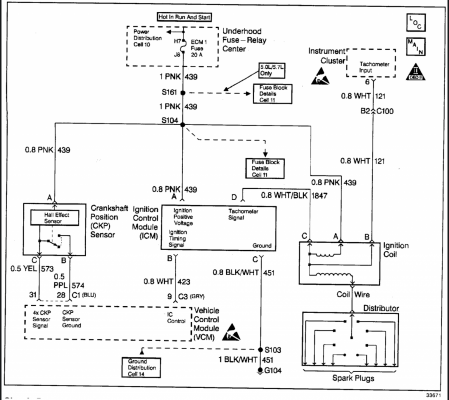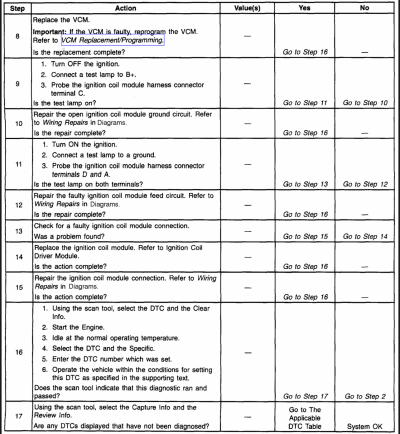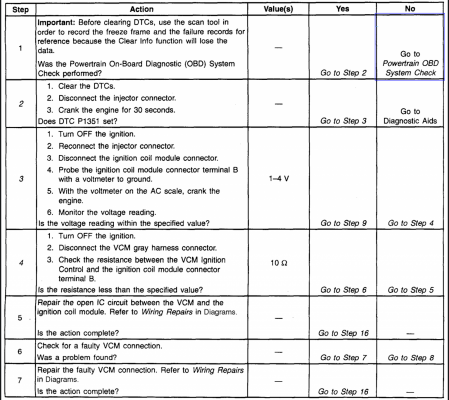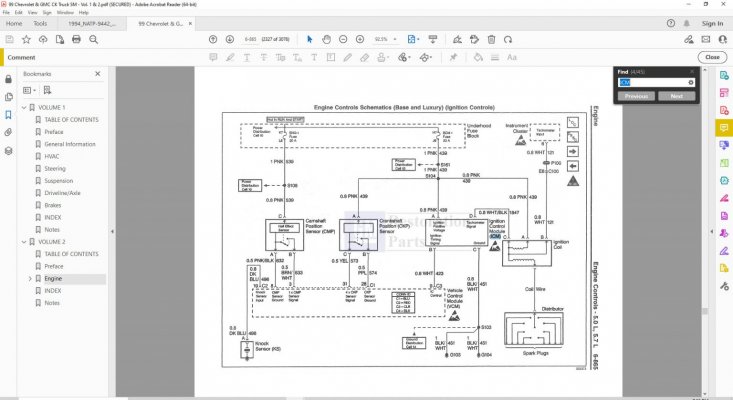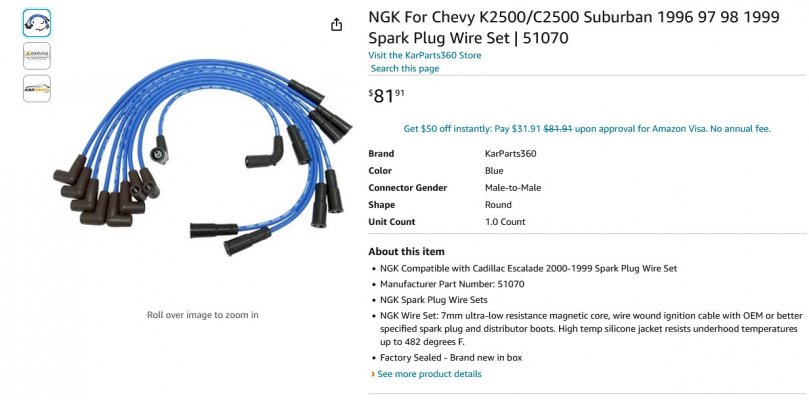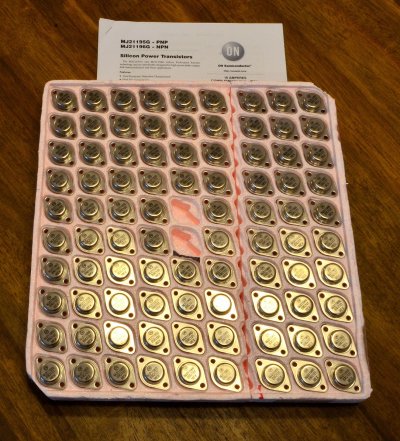I'm having a similar issue and had a suspicion the icm might ground through the bolts. One of the wires coming out of the icm plug is also a ground. So it grounds itself through the bolts and through the harness?? Been through all the service manual tests and still can't start the truck due to p1351. I've tried three different ICM's. Truck runs great when it starts. Had this ongoing issue for the last couple years. It'll run great for a several months and then not start for a week or two and then magically start and run for several more months. Super frustrating
Greetings Scubaru25,
There is a bit of confusion on how the IC/ICU/ICM was grounded across the history of the
GMT400 production. As far as I can tell, there were (2) different ways this all-important
grounding occurred:
The TBI way ('88-'95) -- Ignition Control module is electrically grounded through the case:
You must be registered for see images attach
Meanwhile, as part of the push to further improve emissions/performance with
the new Vortec, somebody somewhere managed to get a dedicated ground wire
added/approved for the Ignition Control Module. And the associated wiring
diagram now looks like so:
'96+ Vortec ICU grounding via new dedicated ground wire to G104:
You must be registered for see images attach
****
Now that we have the grounding issue fully sorted out, let's ponder a bit on how things
can get roasted in Ignition Land, and what vector does the hurt come from?
Simply put: Kilovolts on coil secondary > arcs back into coil
primary > arc travels backwards
via signal wire to ICU/ICM, and destroys low voltage (+12v) driver/control circuits.
Now this is an analog world, so instead of always the same voltage levels representing digital
1s & 0s, we can & do (unknowingly) put more stress on the coil's internal insulation by allowing
the spark plugs to wear to the point where, instead of
5Kv-
10Kv sparks needed to jump a new
gap, now it's taking up to
20Kv-
25Kv or even higher to jump the larger/worn gap.
Also on the Vortec motors, continuing to insist on running the .060" gap spec'd on the
original underhood sticker, instead of the revised .045" gap specified in the GM TSB that's
floating around.
All things being equal, a coil that is asked to control/contain 10Kv sparks is going to last a lot longer
than the same coil forced to contain/control 25+Kv sparks. (By the way, the largest gap to jump in the
entire high voltage path from: coil secondary wiring > secondary coil wire to > {center} terminal of
distributor cap > rotor > individual spark plug wire terminal > associated spark plug wire > spark plug gap
...will set the peak arc voltage that the
entire circuit must sustain/contain.)
Higher voltage at a too-big spark plug gap (or possibly inside a badly misaligned dizzy?) = extra stress
on all the insulation across the entire high voltage path...including the secondary winding inside the coil. (!)
In English, running large gaps in your spark plugs (either worn, initial adjustment, or both) is false
economy. Big gaps = big Kv = secondary coil winding blowing through to primary coil winding =
toasted Ignition Control Module before it's time.
And what if we (or the mechanic, or the PO) skipped the step of applying the thermal compound
to the new ICM when they swapped it? That's easy - the hotter the electronics, the easier it is
to wound it. Promise. :0)
****
Given the above, how do we avoid the hurt while trying to drive a reliable version of the
GMT400 we can't help but love? Especially if my truck has a track record of eating ICMs?
* Lower the voltage required to jump the gap at the spark plug. Fresh plugs gapped
to .035" for the TBI engines (I think) and definitely .045" for the Vortec motors.
* If you haven't upgraded from the old graphite/fiberglass to spiral-wound (RFI-compliant)
solid core spark plug wires, please do so. (See attached for something that's worked well for me.)
* A new coil that hasn't been subjected to excessive Kv stress. A lot has changed since
the last time I bought an ignition coil in anger. (So many once upon a time good names
have gone bad. Possibly others could share their recent experience here?) If I was
forced to guess, something from DUI (Davis Unified Ignition) might be a robust choice?
* A fresh ICM. Don't know who makes the best ones today, but Standard Ignition used
to be a unsexy yet solid choice?
* Disassemble/clean/tighten all engine grounds. For the TBI owners, if it was mine I'd also
make sure that the bracket that my ICM mounts to is *secure* to the engine. Vortec
folks? The wiring diagram says that G104 & G103 are especially important to your ICM.
Make it factory fresh.
Bonus points for verifying that the ICM is seeing full battery voltage, and that the
trigger wire from the ECU/VCM to the ICM isn't down to the last copper strand at either end.
****
I know, we covered a lot of ground. But if you are still reading this, the target audience
are the GMT400 owners who's vehicles have developed an appetite for ICMs, and their
mechanic just keeps replacing the wounded part without questioning *why* these failures keep
re-occurring?
No doubt the overall cheapening of our repair parts is part of the root cause, but then again
there are too many of these old trucks rolling around not tearing up their ICMs that tells us
that there is a little more to mull over when trying to make one of these old road warriors at
least DD reliable.

Hope this answered more questions than it generated.
FWIW --
PS: The scope dopes out there really get into the weeds with all this stuff.
Here's a short video where a NGK guy shares a little insight on *observable* ignition
circuit behavior:
xc_hide_links_from_guests_guests_error_hide_media
Good stuff!


